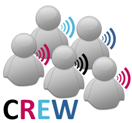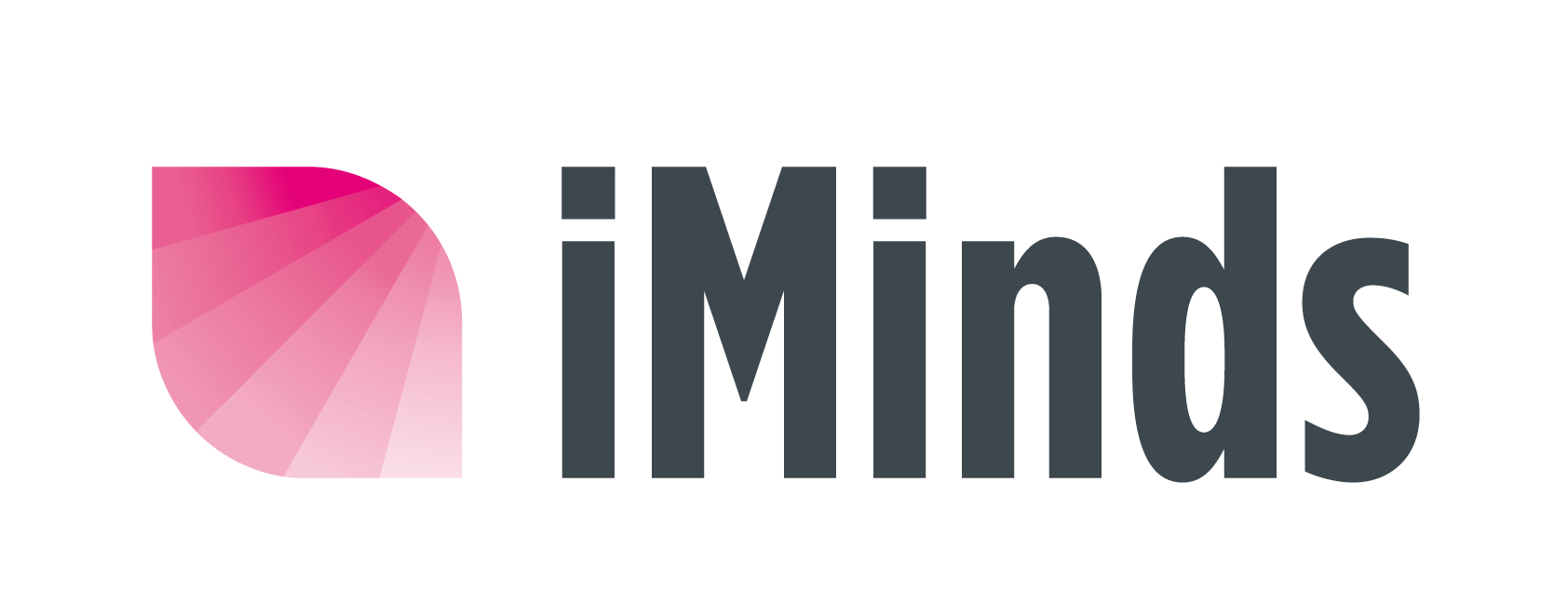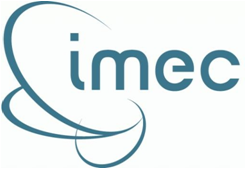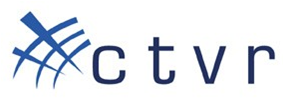TVWS workshop - Towards White Space Use: What Does CREW Bring To The Table
[<< Back to TVWS workshop overview]
Abstract of presentation "Towards White Space Use: What Does CREW Bring To The Table" during the workshop on TV White Spaces (Mon. 18 Feb. 2013) by Joao Paulo Cruz Lopes Miranda (TCD)
The radio frequency spectrum constitutes a finite resource that is vital for a number of applications relying on wireless communications. Spectral portions useful for a given application are determined by the fundamental tradeoff between range and bandwidth. Despite of this physical limitation, different measurement campaigns point out that large amounts of premium spectral resources currently show any or only sporadic activity. While such underutilization may be seen with some worry, it raises a major issue when the latest traffic growth projections come into play: How can we accommodate the increasing traffic demands introduced along with new generations of high-end mobile devices while at the same time improving spectrum efficiency? This talk deals with white spaces, a term used to denote spectral resources that are not being used at a particular time in a particular area. We'll initially be overviewing the latest advances towards white space use in policy, technology, and standardization. From the perspective of an overlay access model, under which lower priority unlicensed users share spectrum with higher priority licensed users, we'll then summarize the most promising methods for enabling coexistence between these two types of users. The second part of the talk highlights the importance of practical experiments in the assessment of the methods surveyed in the first part. Specifically, we'll explain how the federation of testbeds being created within the scope of CREW can be used in experimentally-driven performance assessments. We'll wrap up the talk with a description of real experiments, some carried out in the first two years of the project, others representing ongoing work.
[<< Back to TVWS workshop overview]
| Attachment | Size |
|---|---|
| Presentation_Miranda_v3.pdf | 3.74 MB |












